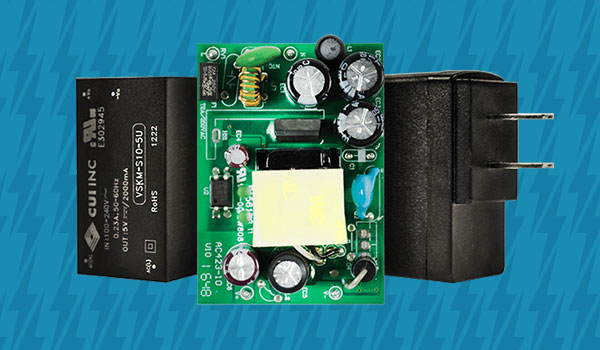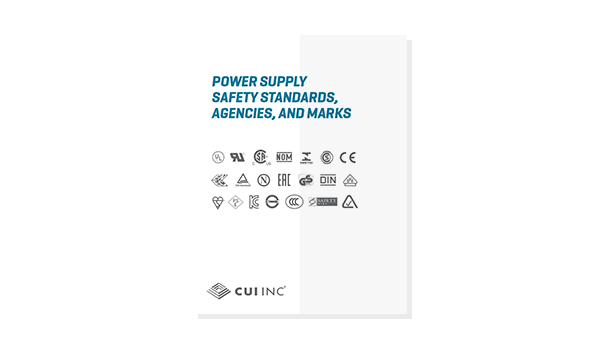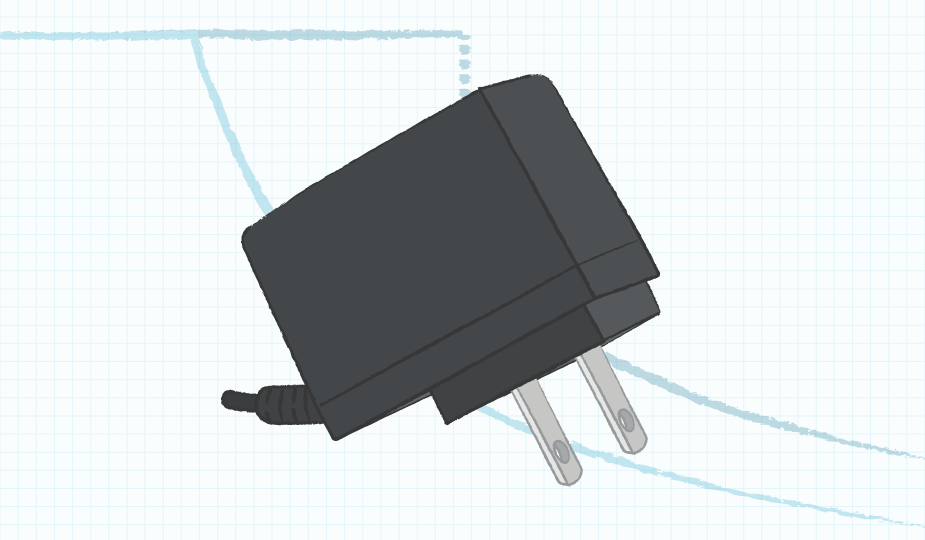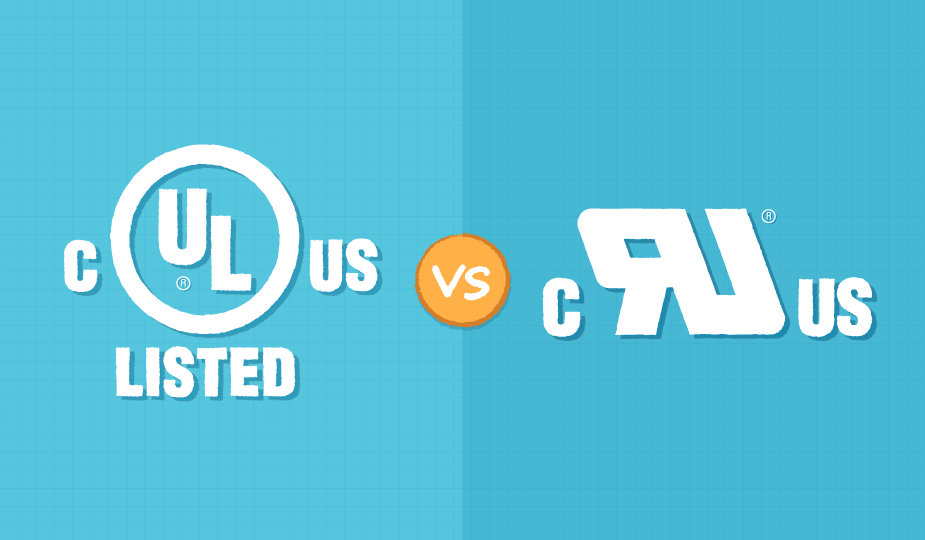What's the Difference Between Class 2 and Class II Power Supplies?
September 12, 2017 by Bruce Rose -
2 Minute Read
Last updated December 5, 2023

Class 2 vs Class II
Given their significant differences, distinguishing between Class 2 and Class II-rated ac-dc power supplies often leads to confusion. This article takes a closer look at the distinctions between these two common power supply classifications, providing a breakdown of their unique characteristics for making informed decisions in your specific application:
- Class 2, as identified by the NEC (National Electric Code), refers to the output voltage and power capabilities of ac-dc supplies.
- Class II, as designated by the International Electrotechnical Commission (IEC), pertains to a power supply's internal construction and electrical insulation.
NEC Class 2 Output Voltage and Power
The NEC designation of Class 2 is important when installing an electrical system in a building. Class 2 power supply regulations address the wiring requirements (wire size and insulation, wire derating factors, overcurrent protection limits and methods of wiring installation) between the output of the supply and the input of the load.
The limited output voltage and power delivery capabilities of Class 2 power supplies are recognized to be of lower risk to fire initiation and causing electrical shocks, which allows for lower cost wiring methods to be employed.

IEC Class II Insulation Protection
The IEC protection classes govern the construction and insulation of power supplies to protect the user from electrical shock. In a Class II power supply, there are two layers of insulation (or a single layer of reinforced insulation) between the user and the internal current carrying conductors.
In supplies designed with two layers of insulation, the first layer of insulation is typically referred to as “Basic Insulation.” A common example of basic insulation is the insulation present on wires. The second layer of insulation is often an insulating case enclosing the product, such as the plastic case present on wall mount and desktop power supplies.
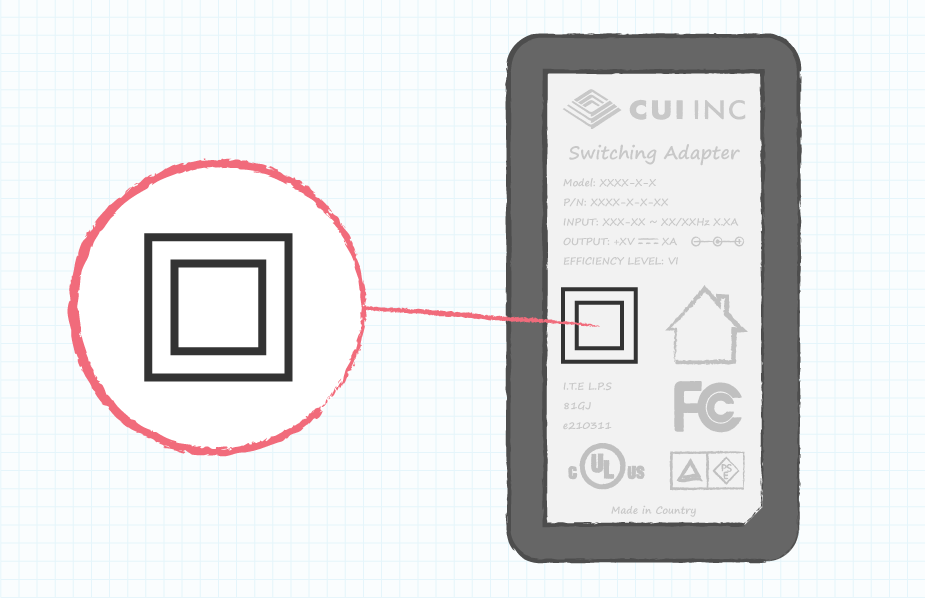
IEC protection Class II power supplies will have a two-wire power cord as opposed to a three-wire power cord with Safety Earth connection. Products designed with Class II insulation often are labeled as “Class II” or “double insulated” or will have the concentric square symbol on the safety label.
Understanding the difference between NEC Class 2 and IEC Class II designated power supplies is a simple, yet important factor in ensuring the correct products are specified in user applications. Ultimately, by selecting a Class 2 or Class II certified power module, you are better protecting your design against electric shock and other hazards and failures that may occur.
You May Also Like
Have comments regarding this post or topics that you would like to see us cover in the future?
Send us an email at powerblog@cui.com
